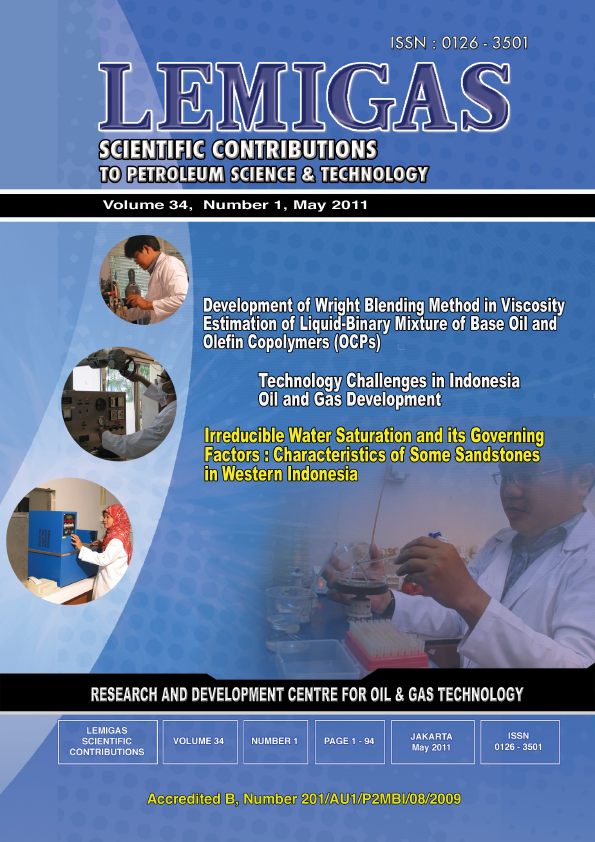Technology Challenges In Indonesia Oil And Gas Development
DOI:
https://doi.org/10.29017/SCOG.34.1.787Keywords:
oil and gas, technology, exploration, production, refiningAbstract
This paper presents the challenges in oil and gas development in Indonesia, especially in technical aspects. In upstream, this country faces the fact that the production as well as the proven reserves of oil is continuing to decline. The challenges are therefore on how to find new resources, how to develop frontier area and how to produce more oil from the remaining oil in place in the existing fields. The oil deposit and traps are small, but also complexes. Very limited primary data makes it difficult to have a discovery. More accurate, intensive and comprehensive exploration data are therefore needed which, in turn, will need the use of the most sophisticated exploration technology. On the other hand it is
recommend that Government of Indonesia should generate primary exploration data prior to oil and gas prospecting. Regarding production, there is still hope to maintain the production level by exploiting further the remaining oil in place, the effort of which will need the use of advanced technology. The future of EOR application in Indonesia is bright and steps have been taken towards the objective. However, some important technical matters should still be overcome. In petroleum refining Indonesia faces increasing demand, the need of lighter products, more stringent fuels specifications, demand increase of petrochemical products, old and low complexity existing refineries and not sufficient margin for developing new refinery. The development of new refineries seems a must from the view of energy security. However, low margin should be overcome by appropriate strategy such as integration with petrochemical and employing more efficient technology. Some challenges that need to be considered in gas development in Indonesia include increasing gas demand,
more gas reserve offshore, scattered gas consumers, limited infrastructure, not optimal domestic utilization and weak willingness to pay. Several technological approaches should be done to overcome those challenges.
References
Lemigas internal communication.
Indonesia Energy Outlook 2009, Center of Data
and Information, Ministry of Energy and Mineral
Resources, Jakarta, 2010
Handbook of Energy & Economic Statistics of
Indonesia 2008, Center of Data and Information,
Ministry of Energy and Mineral Resources,
Jakarta, 2009
Chevron
Kajian Pengembangan Kilang Minyak Indonesia
Ke Depan, Center of Data and Information, Ministry
of Energy and Mineral Resources, Jakarta,
PERTAMINA Refinery Development, Pertamina
Workshop ‘Pembangunan Kilang Baru
Pertamina’, 17 March 2010, Jakarta.ˇ
Downloads
Issue
Section
License
Copyright (c) 1970 SCIENTIFIC CONTRIBUTIONS OIL AND GAS (SCOG)

This work is licensed under a Creative Commons Attribution 4.0 International License.
Authors are free to Share — copy and redistribute the material in any medium or format for any purpose, even commercially Adapt — remix, transform, and build upon the material for any purpose, even commercially.
The licensor cannot revoke these freedoms as long as you follow the license terms, under the following terms Attribution — You must give appropriate credit , provide a link to the license, and indicate if changes were made . You may do so in any reasonable manner, but not in any way that suggests the licensor endorses you or your use.
No additional restrictions — You may not apply legal terms or technological measures that legally restrict others from doing anything the license permits.














